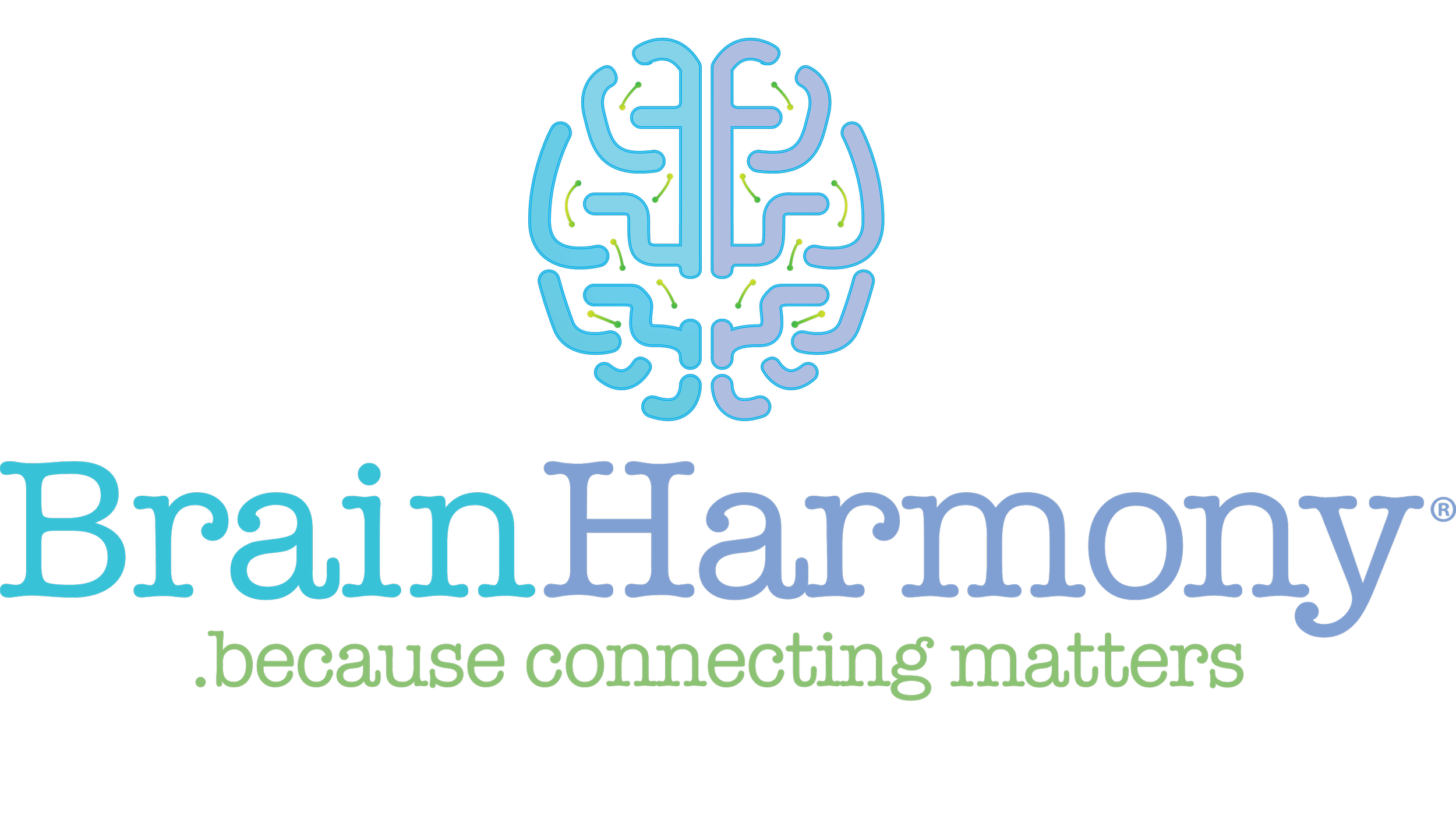Childhood Trauma and The Adult Nervous System
Trauma creates changes in your brain that trigger the fight or flight response (sympathetic mode) and freeze or fold response (survival mode). These responses can become so second-nature that stress hormones are released even without the stimulus of a threat in your environment. Over time, this process can lead to neurological changes and nervous system dysfunction.
As a child, when you experience a traumatic event, it typically goes unrecognized. Unless you had parents that are very aware of the long-term impacts of trauma, you likely just had to move forward and shake it off. Unfortunately, trauma doesn't typically resolve on its own. While the event may be over, the impacts of a traumatic experience can live on in your body for decades.
Research shows that adults who had traumatic experiences in childhood are more likely to experience neurological dysfunction as they get older.
This article will explain what trauma is, why it doesn't always resolve on its own, and what you can do to heal your trauma and balance your brain.
What Is Trauma?
Defining trauma is complex because it can show up differently for everyone, and the triggers that cause trauma are also unique to the individual. The American Psychological Association defines trauma as an emotional response to a terrible event like an accident, rape, or natural disaster.
Trauma can stem from events in adulthood or childhood. Adverse Childhood Experiences (ACEs) like violence, abuse, and growing up with family members that have mental health or substance abuse problems can set the stage for problems later in life. The stress that these events cause can change brain development and affect how your body responds to stress[*].
Biologically, trauma has been shown to impact the brain's limbic system, which is responsible for behavioral and emotional responses. It's involved in the autonomic nervous system response that we feel when we sense danger. In other words, our survival instinct.
Dr. Stephen Porges’ Polyvagal Theory highlights an important feature of the autonomic nervous system: when you find yourself in a life-threatening event, your freeze or fold response is triggered. This is important to highlight for anyone who has been physically attacked but was unable to fight back or scream. This evolutionary trait --- flipping the dorsal mode to freeze or fold in order to help us survive a life-threatening event, which then shuts down the nervous system in protection, includes dropping metabolic rate and can immobilize the body.
It can be very helpful for a victim to understand that the root cause of an inability to fight back during an attack is biologic and evolutionary and is not due to their character or a weakness within themselves. While that dorsal vagal response is automatic, we can expand our conscious control to a large extent, and train ourselves to be able to access fight or flight, instead of the freeze or fold response.
Trauma also affects the activity of what's known as your hypothalamic–pituitary–adrenal (HPA) axis. Your HPA axis is a complex system of neuroendocrine pathways which are meant to maintain the homeostasis of your body and nervous system. It helps you manage stress and modulates the stress hormone cortisol. Abnormal development of this system can lead to alterations in behavioral and autonomic functions in adulthood, with unstable cortisol levels[*].
The Link Between Neurological Health and Trauma
Research shows that people who experience trauma have a higher rate of neurological and psychiatric issues. This should come as no surprise, given the impact that trauma can have on the brain biologically.
In a research study conducted by the American Academy of Neurology, investigators found that people with neurologic conditions like stroke, headache, and epilepsy were more likely to have experienced abuse, neglect, or household dysfunction as children.
Furthermore, people with a history of trauma were seven times more likely to have high depression scores and four times more likely to have high anxiety scores[*].
Scientists explain that this connection is likely due to the changes in neurological function from the development phase, along with the long-term impact of trauma. When you have a traumatic experience, it can cause your body to produce more adrenaline and cortisol, which activates the fight or flight response. If someone has unresolved trauma, this response can get turned on even when no real threat is present. This may contribute to long-term emotional and behavioral health problems[*].
Furthermore, HPA axis dysregulation, which is a key biological trait of trauma, has been linked to mental health issues like major depressive disorder, anxiety, and schizophrenia[*].
All of this data gives us an idea of how the long-term effects of trauma may directly impact neurological health physically and mentally.
Other Health Implications of Unresolved Trauma
In addition to the direct neurological changes that can happen with trauma, research shows that other health conditions may also develop over time. It's suggested that the emotional impact of trauma may lead to the development of unhealthy coping mechanisms such as substance abuse, smoking, overeating, and other harmful habits[*].
This may explain why traumatic events in childhood have been linked to a higher risk of heart disease, diabetes, and decreased life expectancy[*].
In one study, researchers found that an adverse childhood family environment was significantly associated with the incidence of cardiovascular disease and all-cause mortality later in life[*].
Other research shows that trauma may increase the likelihood of developing diabetes. This is especially true for those who are genetically predisposed. In one study, women with the highest number of PTSD (post-traumatic stress disorder) symptoms had a nearly two-fold increased risk of type 2 diabetes than women with no trauma exposure. These women were also at a greater risk of developing obesity[*][*].
Other conditions linked to trauma experiences include chronic lung diseases, liver disease, viral hepatitis, liver cancer, autoimmune diseases, and sexually transmitted infections[*].
How Brain Harmony Can Help
If the long-term impact of trauma could be summed up into one phrase, it would be nervous system dysfunction. Whether we're referring to the physical changes in the brain, the resulting fight or flight activation, or the long-term harmful coping mechanisms, it all comes back to feeling dysregulated and imbalanced in the nervous system.
At the core of the downstream effects of trauma is a need to feel safe in the world. Not just from an emotional level but from a physical and biological level. The need to get to the root of the nervous system imbalances is why talk therapy doesn't work for most trauma patients. We can't try to reason our way out of our autonomic nervous system habits.
This is what makes Brain Harmony a perfect ally for resolving trauma. We work with you through our unique process by starting with the root of your nervous system imbalances. Real changes in thought processes and behavior can't happen until you feel physiologically safe.
Research shows that when it comes to trauma, one of the most crucial biological components to work with is your vagus nerve. In fact, in an animal model, researchers found that enhancing vagal tone was key to dialing down a trauma response and the extinction of trauma behaviors[*].
Why the vagus nerve? Because this nerve is responsible for bringing you out of fight or flight (sympathetic activation), freeze or fold (dorsal shut down) and into rest and digest (parasympathetic activation).
Parasympathetic activation: “I am safe, all is okay.”
As mentioned previously, traumatic experiences can trigger the activation of your fight or flight response via hormones like cortisol and adrenaline. Over time, this activation can get triggered even when no real threat is present.
Enhancing the activity and function of your vagus nerve helps you to manage stress from a biological level. It supports pathways in your brain that tell you, "I am safe, all is okay." However, for someone with trauma, these pathways may be very weak, which means their default thought process is "I am not safe, I must stay alert."
This is why enhanced vagal tone is associated with a reduction in symptoms like depression and anxiety[*][*].
What's more, research shows that when you enhance vagal tone, it increases neuroplasticity in your brain. Neuroplasticity is a term used to describe your brain's ability to change and form new connections. Studies have shown that vagal stimulation improves recovery after stroke and nerve damage[*][*].
Perhaps even more interesting, however, is the impact that neuroplasticity can have on trauma recovery. Since traumatic events can create changes in the brain, research suggests that by creating more neuroplasticity, you can rebalance your neural networks, and unwind the damage done by the traumatic event[*].
Therefore, vagal tone not only helps you feel safer in your environment, but may also assist in rewiring your brain out of a trauma response.
Therefore, the first step in our 5-step process is to work on vagal regulation using a researched-backed program called the Safe and Sound Protocol (SSP). From here, we can begin to help you rewire those networks in your brain that are stuck in the fight or flight response, creating brain harmony once again.
Kirk's Brain Harmony Success Story
Growing up with complex trauma, Kirk had extreme difficulties with communication, anxiety, and managing everyday tasks. After researching Polyvagal theory and discovering Brain Harmony's protocols, Kirk was excited about the prospect of a program that helped others who were also lifelong nonverbal, and who had begun to speak! He began the Safe and Sound Protocol and soon realized it would allow him to unlock the life he had always imagined for himself.
"Growing up with complex trauma is just beyond any ability to communicate, and especially in the past few months, I'm comfortable enough with myself that I don't mind another person seeing whatever happens to come up in the course of a conversation, and that would have almost been science fiction to me a couple of years ago."
Charles’ Brain Harmony Success Story:
Charles had been struggling with trauma from his childhood, which dictated much of his human experience, until he experienced vagal regulating aspects of our program.
Charles reports, in poem form:
“The waves come through, but I let them pass by.
I am neither in a hyper-state or in collapse, which was my old state of existence.
I have learned better practices and they are sticking.
I am more able to follow through with my meditation.
I’m realizing that stuff I thought was me is not me, but more like a habituated response.
It is bringing things up in my counseling sessions which are now more productive.
As my body resets, I can clear things from my system.
The trauma construct is dislodging.
I am a witness to it.”
This week’s Favorites Page recommendation
We are regularly asked for support items that supplement our Brain Harmony protocols, so we are constantly adding to our Favorites Page. This week our focus is this product from Canbiola, a Hemp Infused Lavender Soap Sea Sponge. Lavender has long been used for its relaxing effects, so this soap can help you unwind if you feel stress. Click below and enter BH at checkout for 10% off your order.
In Conclusion
If you've experienced trauma in your life, as many people have, you may have some downstream neurological imbalances that affect the way you live your life. Bringing more balance to your nervous system can be profoundly beneficial in your healing journey. Call Brain Harmony today for a Free Consultation to see if our approach is right for you






